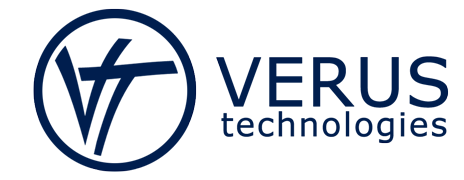There’s been a lot of hype in IT and business circles, and deservedly so, around ‘virtualization’. Virtualization uses software to mask the underlying server-based hardware resources and results in a many-fold increase in utilization of server hardware. Instead of running a single workload per physical machine, multiple workloads are able to function together across one or multiple machines. This has advantages in many ways not the least of which is power savings. According to VMware, non-virtualized environments have a 5 – 7 percent resource utilization rate. That’s a lot of CPU, memory, disk, and network resources not being used, but still taking up power to operate, and power to cool, and power to house all those CPUs and disks.
There are several players in this area. VMware (http://www.vmware.com), Microsoft (http://www.microsoft.com), Virtual Iron (http://www.virtualiron.com), Citrix by way of XenSource (http://www.citrixxenserver.com/Pages/default.aspx), as well as various more minor players (Red Hat) and open source implementations. The August 2007 IPO of VMware (VMW) has vaulted virtualization onto the lips of many more people than just techno-geeks. Virtualization is the next ‘big thing’ in IT and it couldn’t have come at a better time. Intel and AMD processors have become so powerful, so power efficient, that workloads can barely keep up. The bottleneck has always been disk I/O and this gap is not getting smaller. Being able to get ratios of 10:1 and higher of virtual servers per physical server allows for dramatic improvements in all around workload productivity.
I’ve been working with virtualization technologies in some form or another since 2003 when I downloaded and started to use VMware Workstation 4.x. I remember being floored at the thought of being able to run virtual instances of server class operating systems on my desktop. I thought testing and development environments would never be the same. But as time went on, I realized that this was only the tip of the iceberg. The technology was maturing into a stable platform capable of running massive production virtual environments in the datacenter. Disaster recover and portability of machines became easily implemented realities. I’ve worked with VMware’s VMWoarkstation, Virtual Server, ESX Server, and Microsoft’s Virtual PC and Virtual Server and I can easily say that VMware’s products are second to none. To that end I recently attended a week-long information deluge called the Fast Track Program. (http://mylearn1.vmware.com/mgrReg/courses.cfm?ui=www&a=one&id_subject=11…) . Taking at least 1 course was a prerequisite for becoming certified. I took the exam today, and passed with an 85 out of 100. Yeah! I’m extremely excited to attain this certification and want to start implementing this training and technology on a consultant basis here at Verus. Keep watching this blog for lots of good information about virtual scenarios that I’ve come up with, or tested, problems that I’ve run into and solved, and just various IT things. I think you’ll find it very useful.

